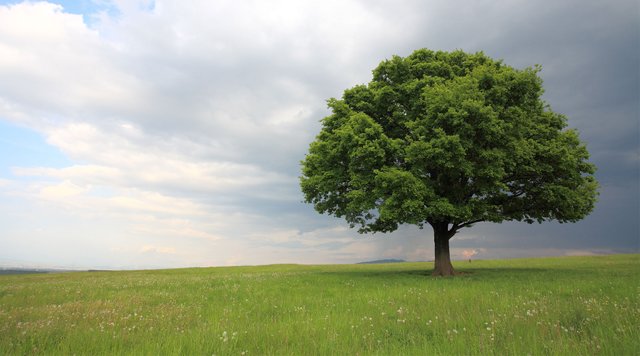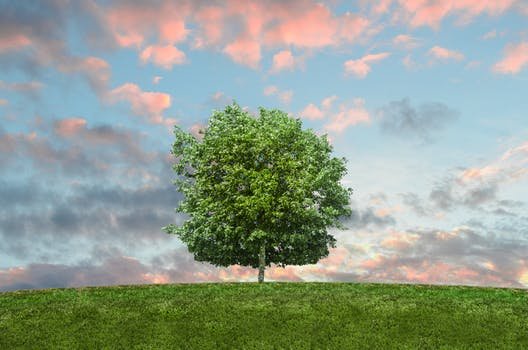BEHIND THE RESEARCH: MEET DR. KATHLEEN WOLF
How could you get keen on your field of work?
Both of my folks originated from cultivating families in the Midwest. My father was a scene temporary worker and eager outdoorsman. So being in nature was simply part of experiencing childhood in the Pacific Northwest. I went to a human sciences school where I studied Biology, yet was occupied with both social and organic frameworks. My first genuine activity? I was the primary urban forester for the City of Key West. I cherished the convergence of the mild and tropical greenery in the Keys. Scene modelers began calling me to determine plants for their outlines. I delighted in working with them, and thought, this is it, an expert association amongst individuals and plants. In this way, I went ahead to seek after a graduate degree in Landscape Architecture at the University of Michigan. While there I took classes with ecological clinicians Rachel and Stephen Kaplan. I was snared; their investigations of nature and human reaction were entrancing. They built up the Attention Restoration Theory, the possibility that that our bustling ways of life exhaust our capacity to think and be gainful, so we have to invest energy outside to energize. Thus, I 're-enrolled' for the Ph.D. program and proceeded with learns about the examples of human reaction to nature. This exploration, an enthusiasm, joins nature, science, culture, and (here and there) plan.
Your ebb and flow inquire about spotlights on nature and human wellbeing. What is your definitive objective with this line of study?
Research affirms that people actually require time in nature, and I'm pleased to have been a piece of that network of science. Confirmation exhibits that everybody needs access to "adjacent nature" all the time. This isn't about that infrequent excursion trip, or making tracks in an opposite direction from the city. It's about each individual having a predictable supply of 'metro nature' around them constantly. Next we have to give nature programs that support more fortifying exercises. A few people don't perceive nature benefits or don't know how to enter that space. Projects like "Stroll with a Doc" or "Yoga in the Park" can help. Recently I've turned out to be keen on influencing the accessibility of nature to some portion of city approach past urban ranger service, to lift the art of nature advantages to all inclusive change. The need(!) for trees, stops, and gardens should be coordinated with lodging arrangement, transportation strategy, et cetera, so it turns out to be a piece of all city frameworks.
What patterns do you find around there of research?
The examination is growing; I think the greater change is social change. There is presently more noteworthy open mindfulness and acknowledgment by open authorities of nature and human medical advantages. Furthermore, individuals in ecological wellbeing have generally centered around clean air and water, and expelling poisons. Presently they're taking a gander at nature in urban areas as a salutogenic impact, an approach to avoid sickness and advance wellbeing. This prompts a wide range of new research questions:
What is the best "dosage" of nature? Where, what amount of, how frequently?

source
What are the attributes of nature (e.g., local plants versus decorative) that are better for human wellbeing?
Do individuals of various social foundations, age gatherings, and so forth require diverse composes or measurements of nature?
Do diverse clinical circumstances (i.e., asthma versus heart issues, and so forth.) call for various nature experiences?
There's additionally more enthusiasm for coordinated effort crosswise over science disciplines. At the University of Washington, we have a cross-grounds Nature and Health aggregate that respects all comers. It is facilitated by REI and the UW Center for Creative Conservation. We examine explore plans, and heaps of themes, including value and assorted variety inside urban ranger service, and administration gets ready for urban ranger service that incorporate human wellbeing.
What's next with your exploration?
I'm working with Health Canada and Natural Resources Canada on a writing survey of city trees and human wellbeing reaction, and gauge that an article will be prepared to submit in around a half year. The following stage is adapt those medical advantages. At that point in a joint effort with The Nature Conservancy and the Forest Service, I will collaborate to build up a Health Metrics Toolkit for network situated ventures. It will be similar to I-Tree, however with a human wellbeing introduction. It will enable networks to gauge the wellbeing results of their neighborhood programs. Ages and stages . . . recently I'm lifting my enthusiasm for human wellbeing and nature research to more extensive circumstances, for example, network level measurements or city level strategy.

